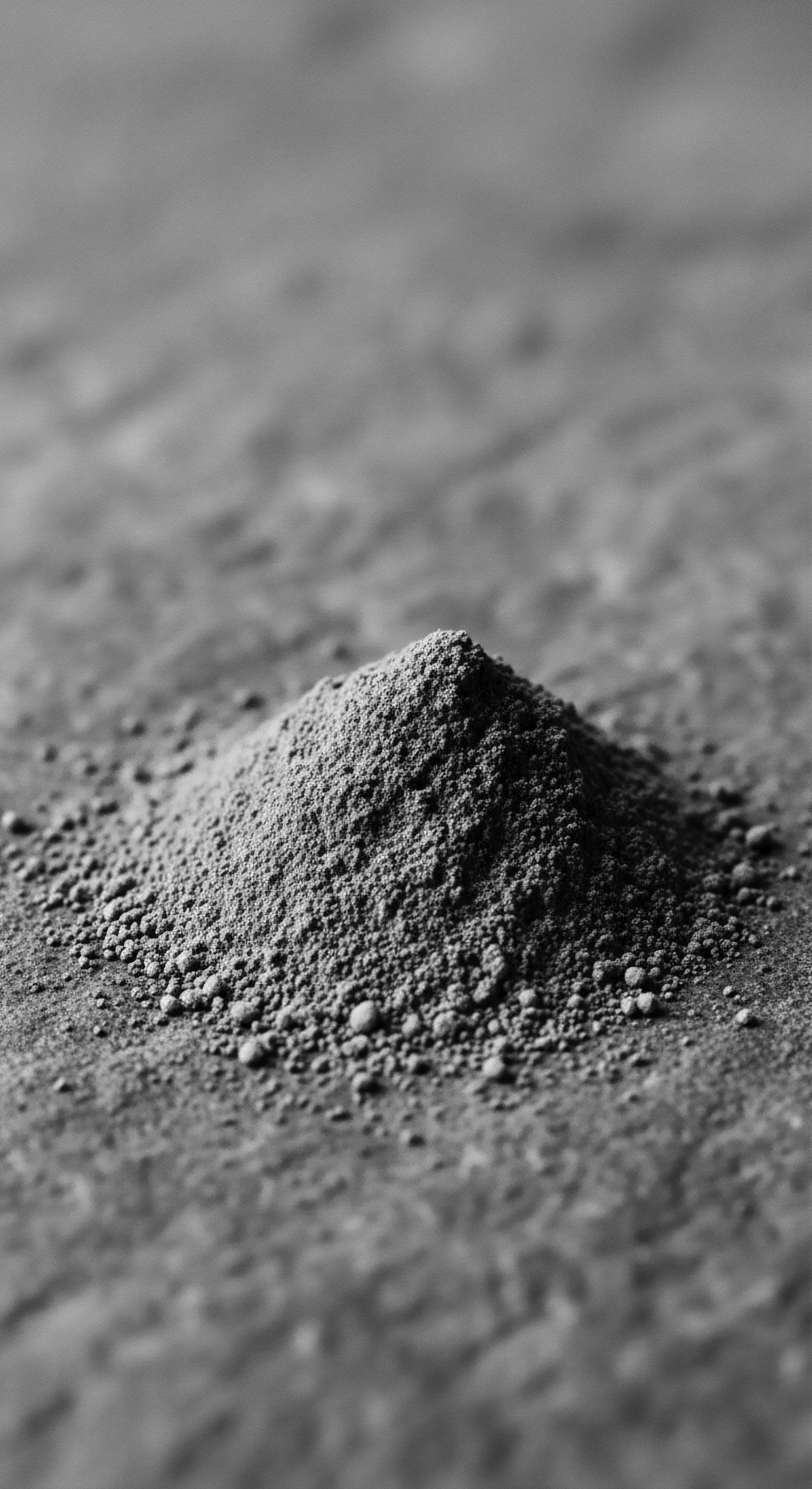
What is a sleep bonnet’s primary function for textured hair?
A sleep bonnet's primary function for textured hair is to preserve moisture and shield strands from friction, a practice rooted in ancestral protection and cultural preservation.
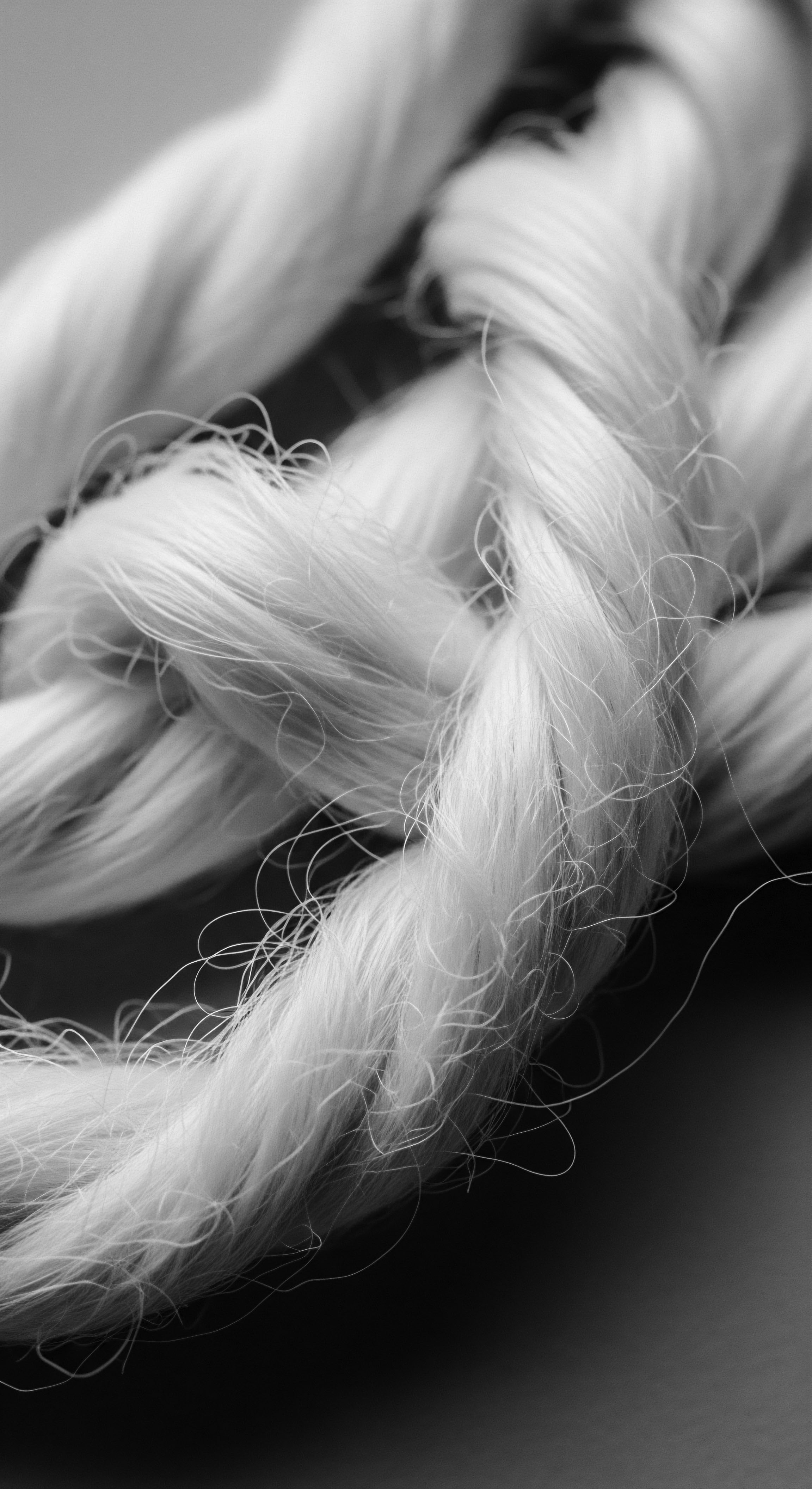
What scientific principles validate traditional sleep coverings for textured hair health?
Traditional sleep coverings validate textured hair health by reducing friction, retaining moisture, and preserving ancestral styling.
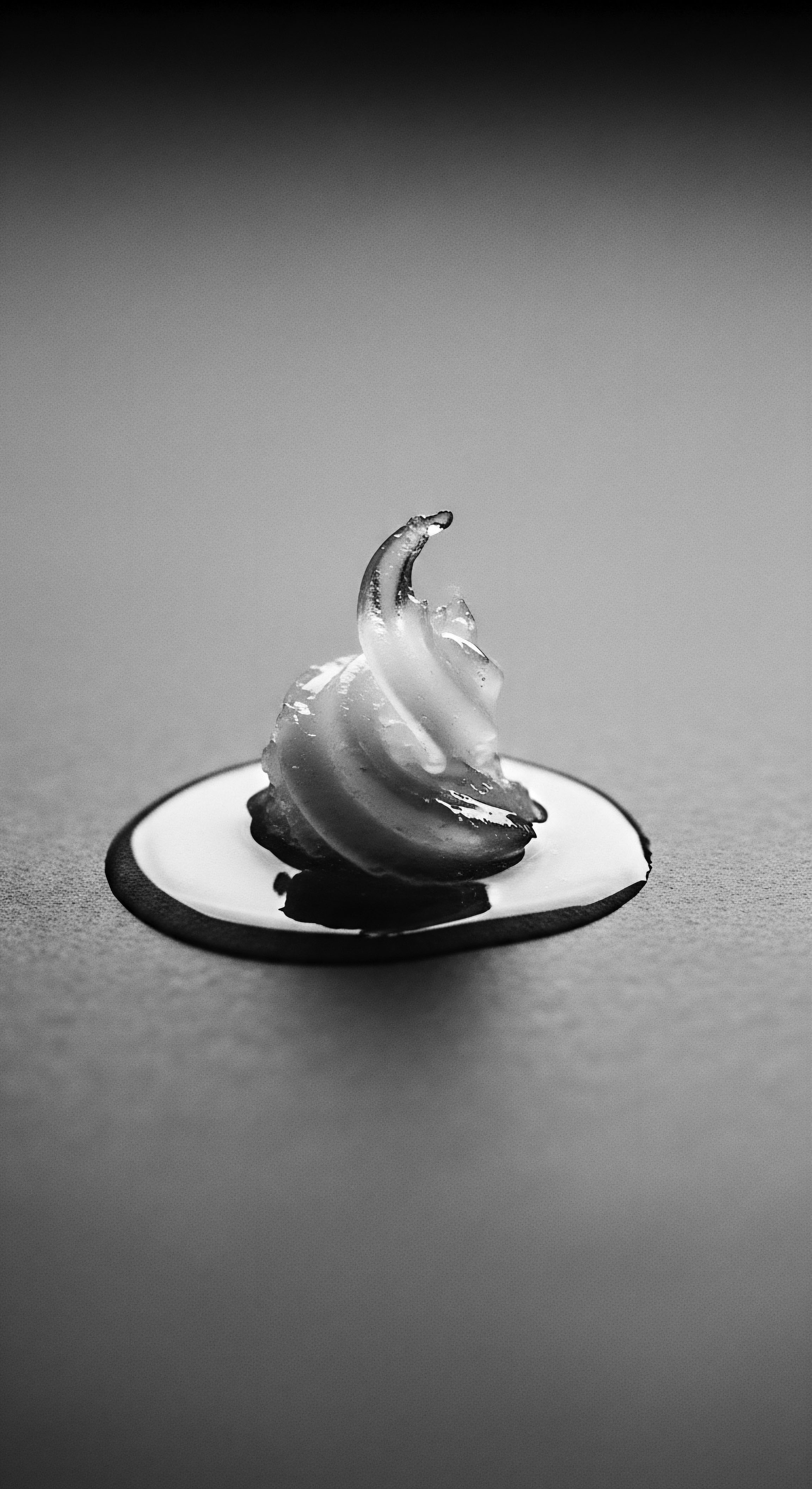
Can modern science validate ancestral nighttime hair practices for textured hair?
Modern science confirms ancestral nighttime hair practices protect textured hair by reducing friction and retaining moisture, honoring a rich heritage of care.
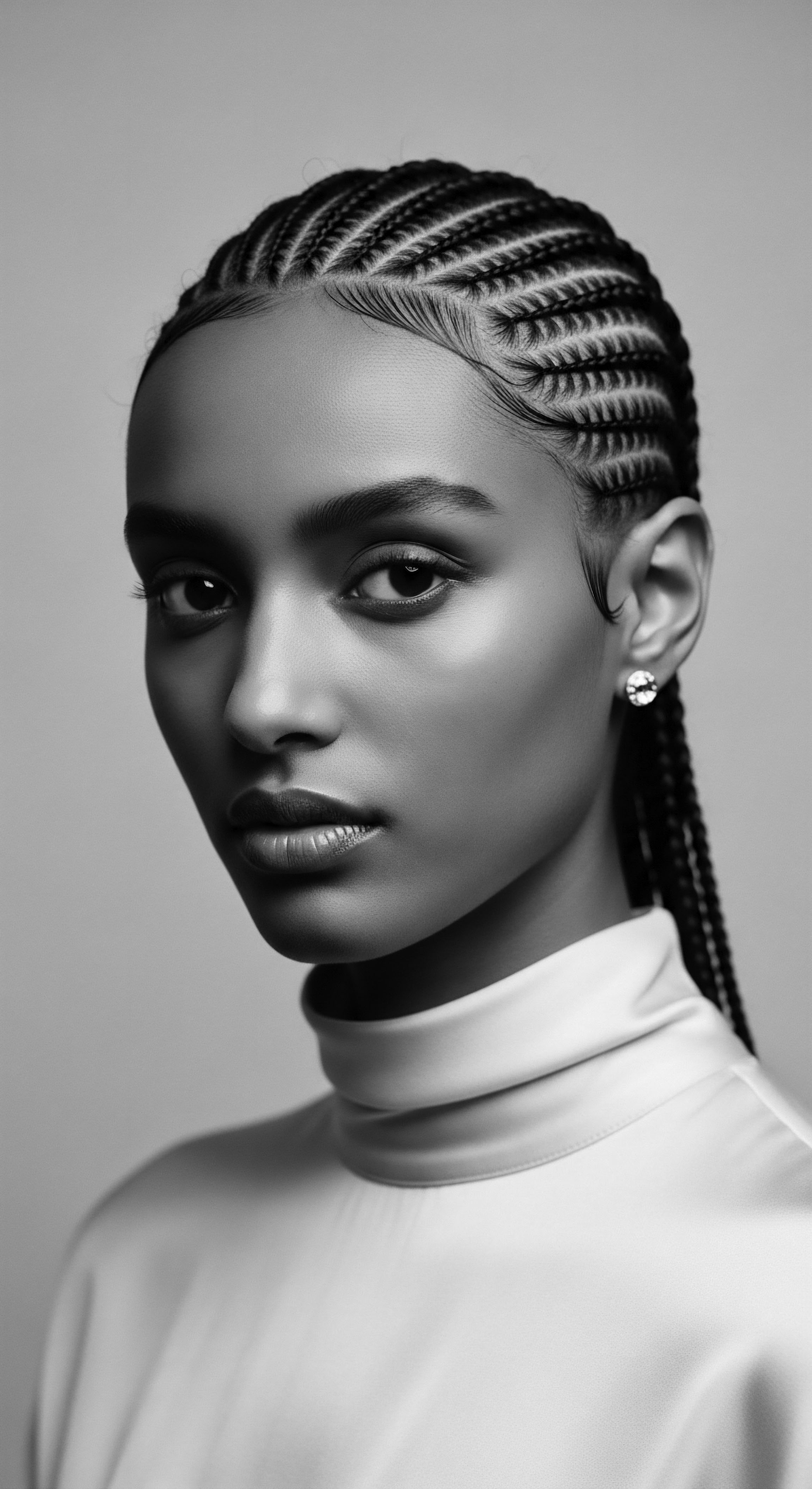
Why are smooth sleep surfaces beneficial for textured hair?
Smooth sleep surfaces preserve textured hair’s integrity, a benefit echoing ancestral practices that intuitively minimized friction and retained moisture.
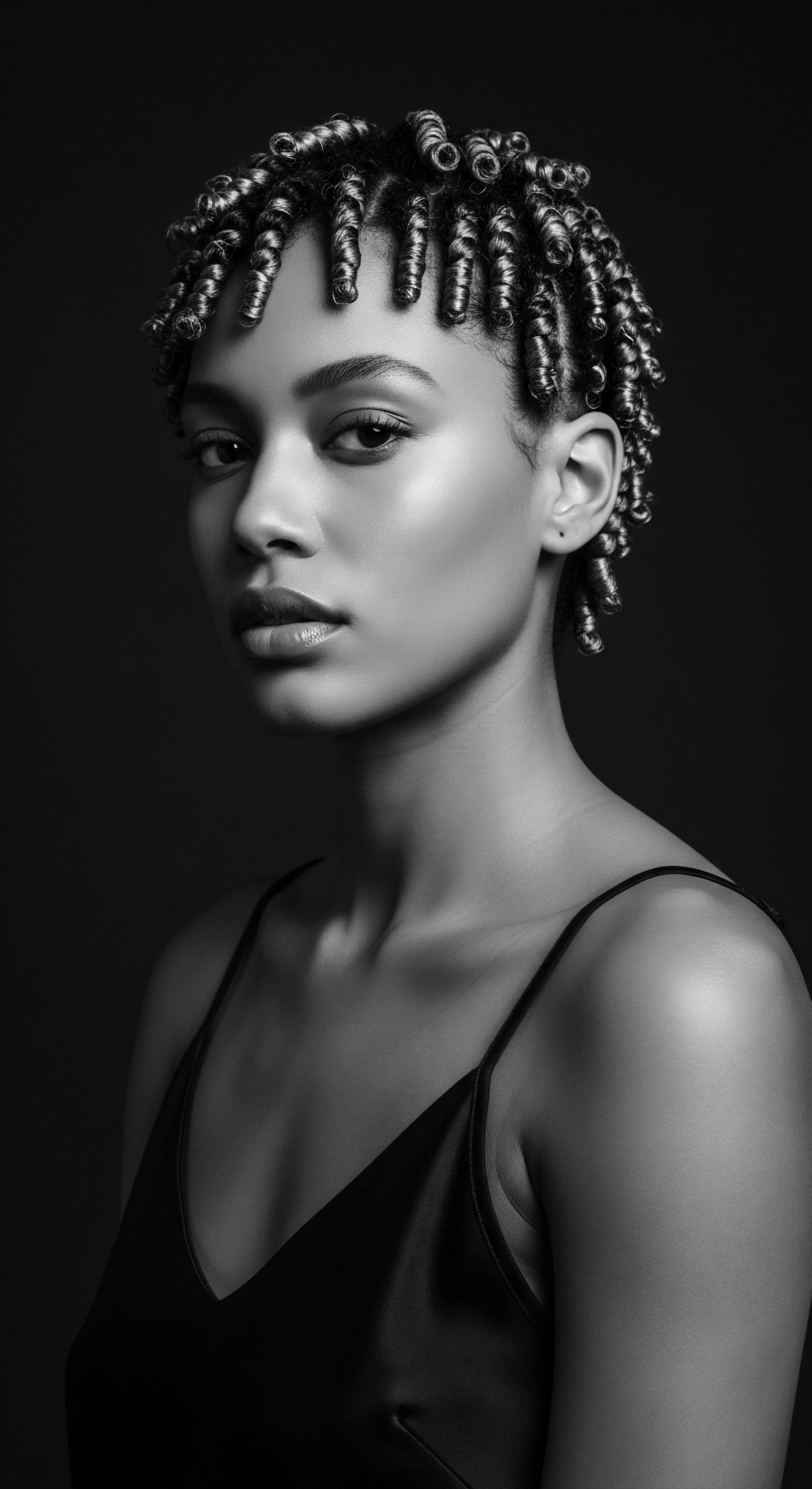
How does textured hair’s structure increase its friction?
Textured hair's unique coiled structure creates increased strand-on-strand contact, enhancing friction, a property deeply connected to its ancestral protective and styling heritage.

How do headwraps protect textured hair overnight?
Headwraps shield textured hair from friction and moisture loss overnight, preserving its heritage and vitality.
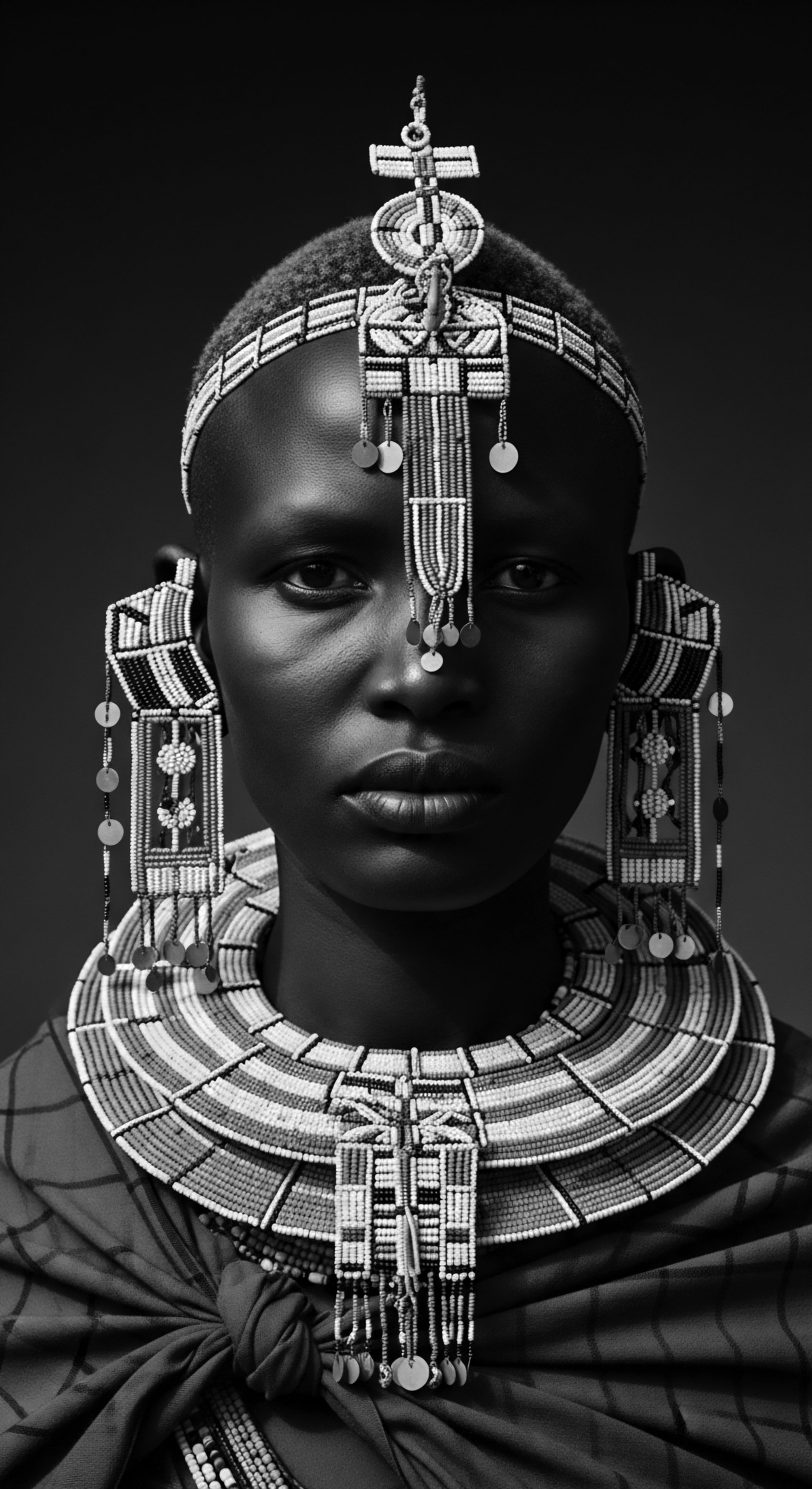
Can bonnets prolong the life of textured hair styles?
Bonnets help prolong textured hair styles by reducing friction, retaining moisture, and preserving intricate coifs, a practice echoing ancestral hair protection.
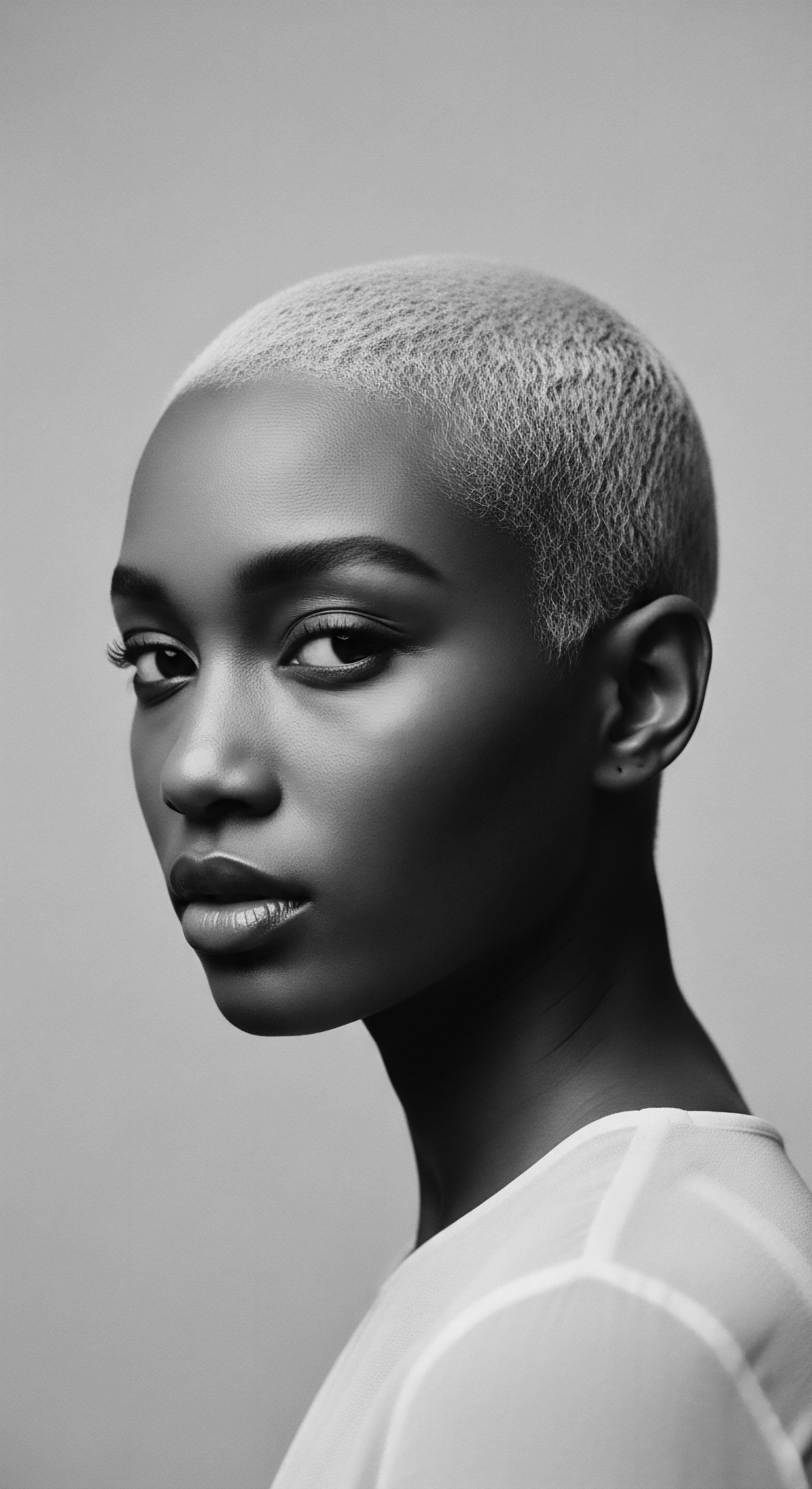
Can cotton pillowcases damage textured hair during sleep?
Cotton pillowcases, through friction and moisture absorption, can damage textured hair, a fact long recognized in heritage hair care.
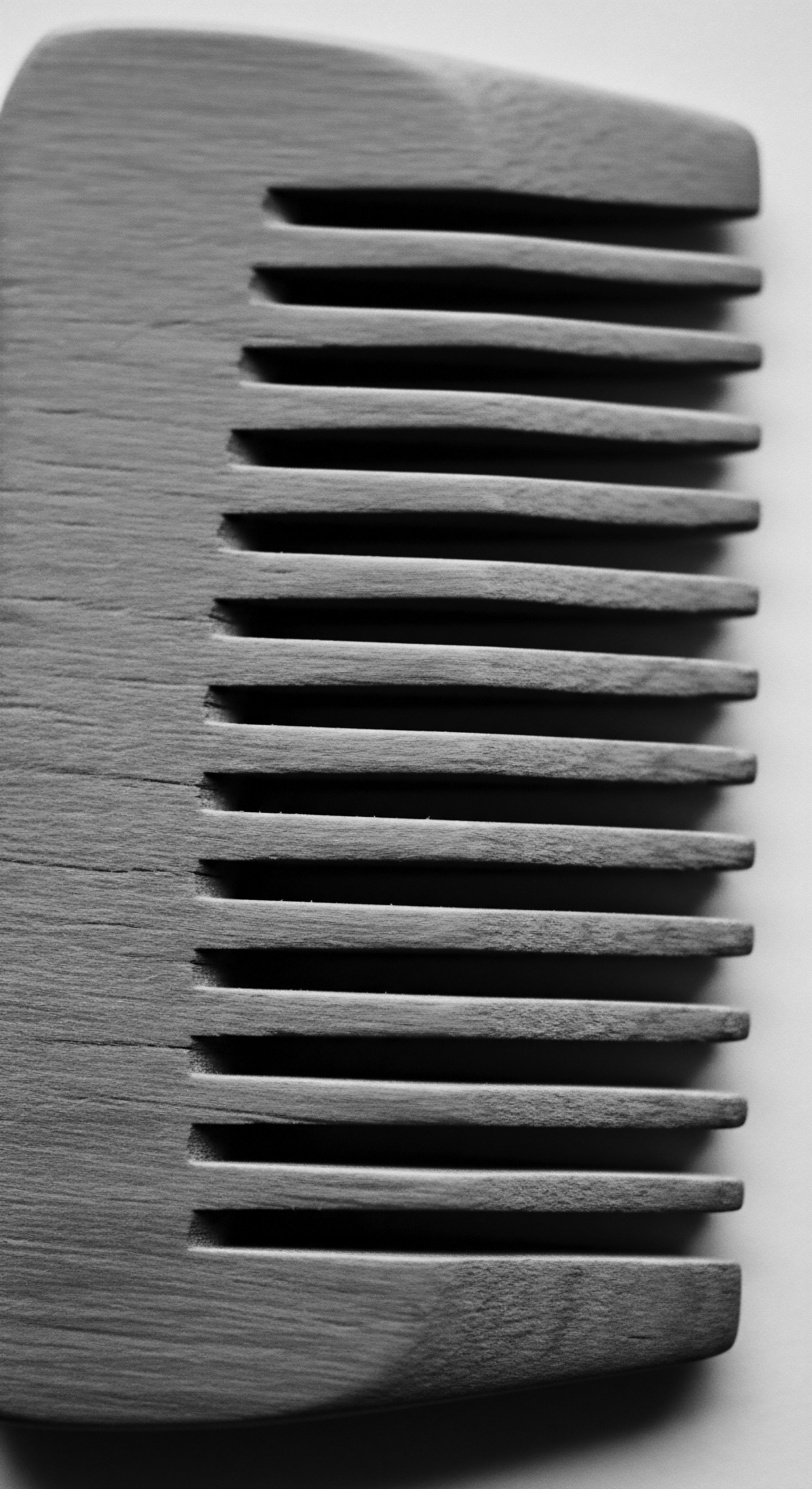
What ancestral sleep habits protected textured hair?
Ancestral sleep habits safeguarded textured hair by reducing friction and retaining moisture, a heritage of mindful nightly care.
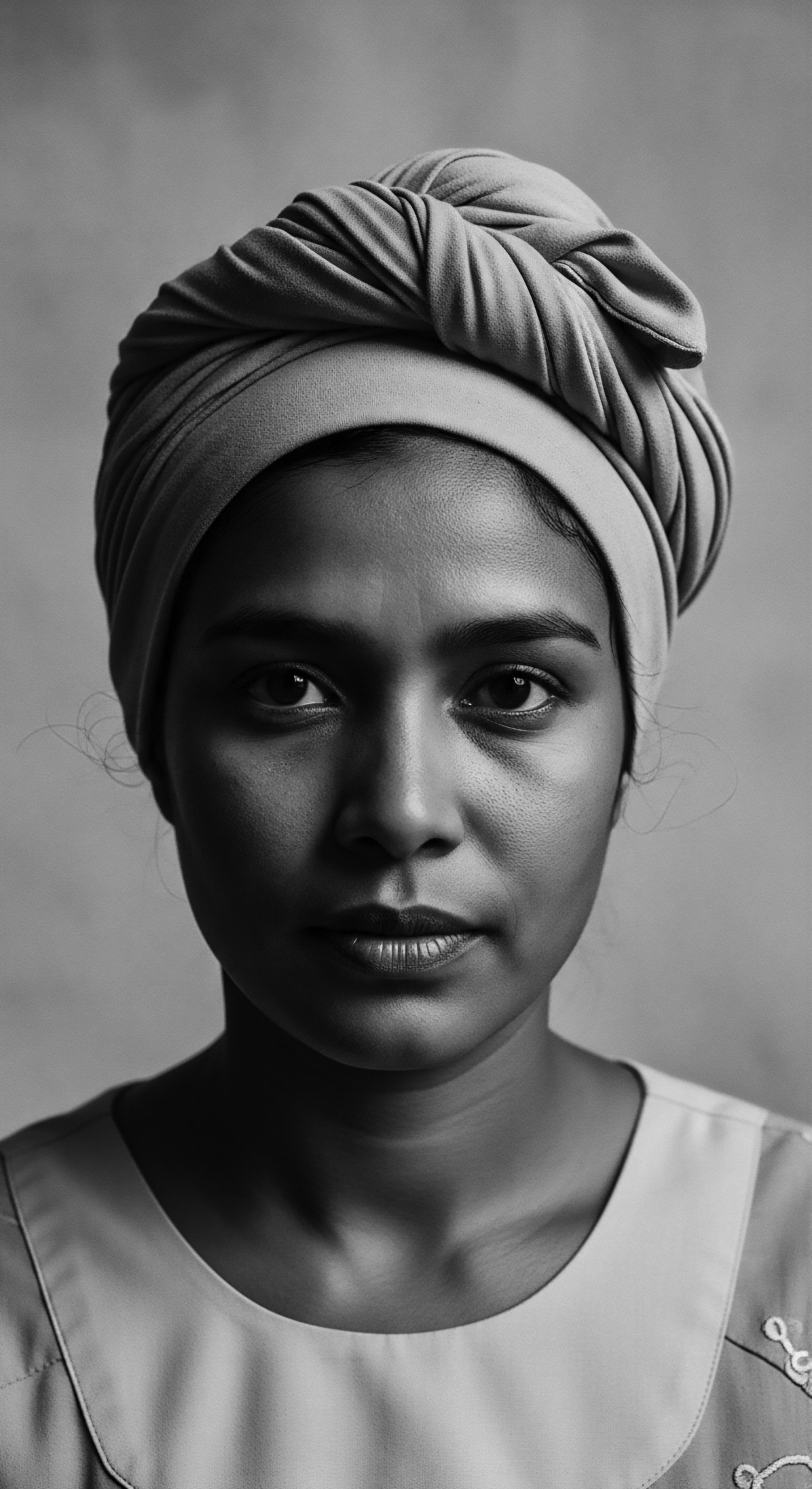
What ancient African practices align with modern silk pillowcase benefits for textured hair?
Ancient African practices protected textured hair through low-friction materials, deep oiling, and protective styling, aligning conceptually with modern silk pillowcase benefits.
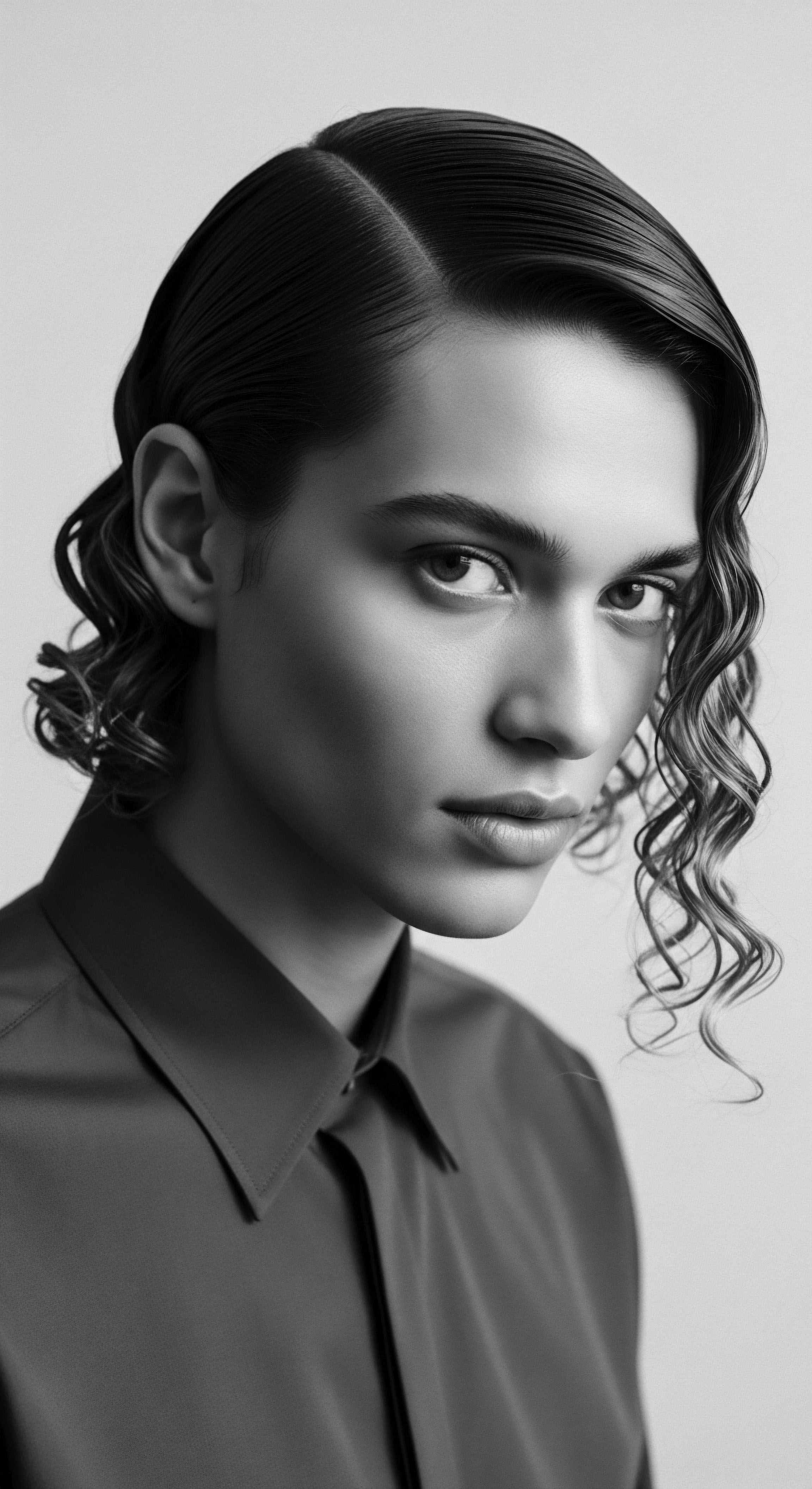
How does sleep surface affect textured hair?
Sleep surfaces cause friction and absorb moisture, impacting textured hair health; silk or satin are preferred for preservation, echoing ancestral protective methods.
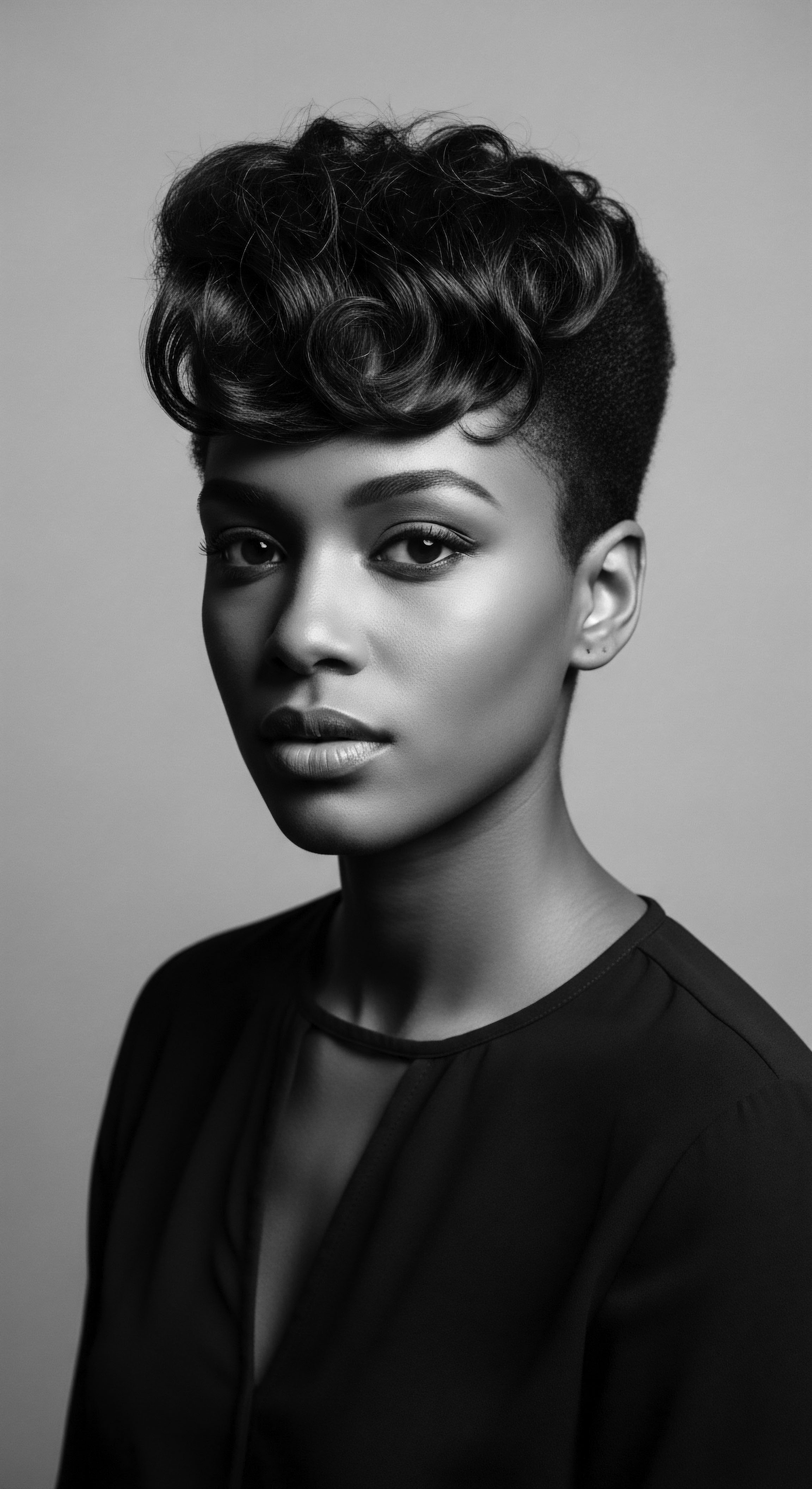
What ancestral materials guarded coily hair from friction?
Ancestral communities guarded coily hair from friction using natural emollients like shea butter and protective styles alongside smooth fabric coverings.
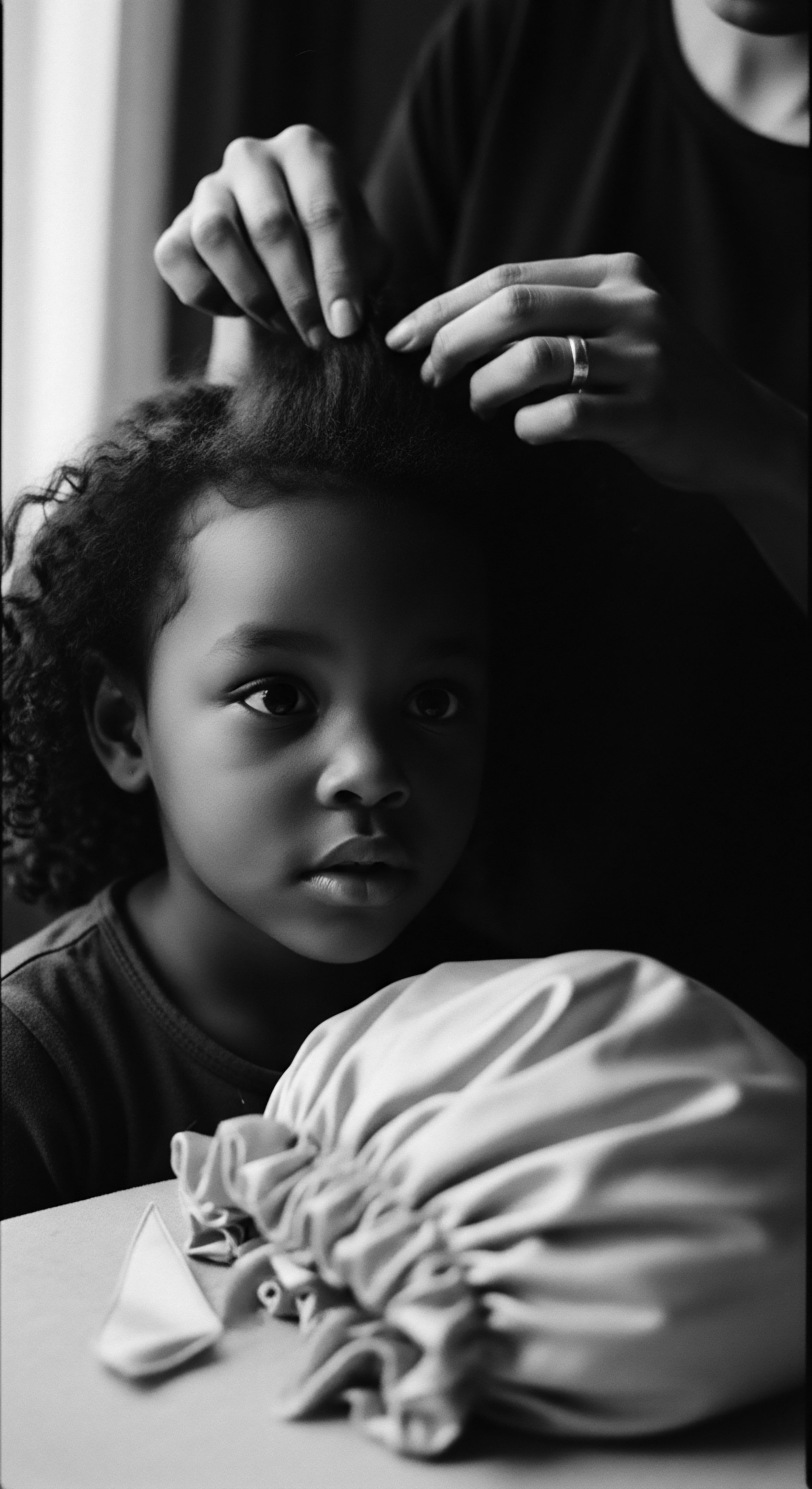
How do silk pillowcases benefit textured hair?
Silk pillowcases reduce friction and retain moisture for textured hair, extending ancestral hair protection practices.
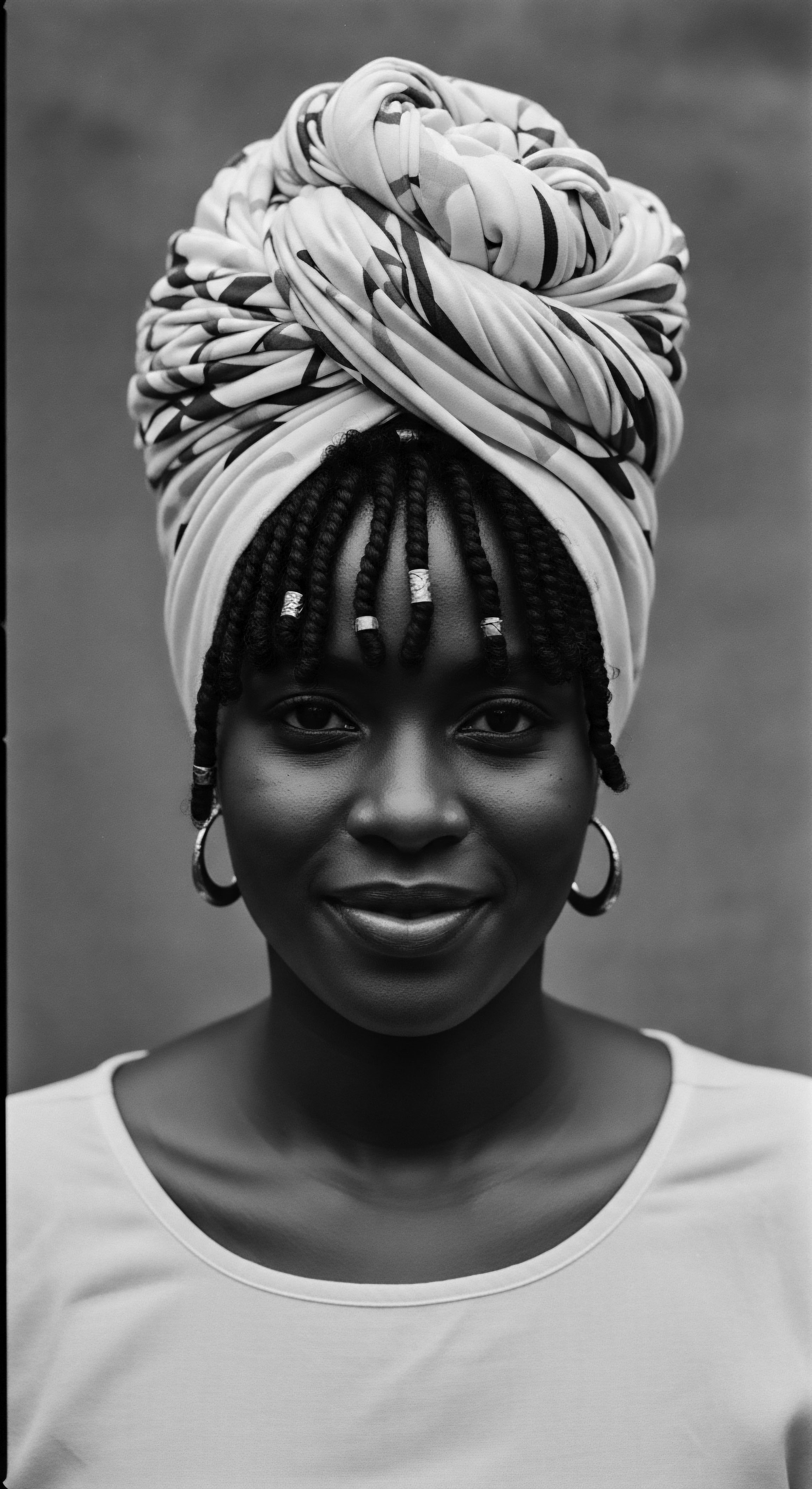
In what ways did historical head coverings protect textured hair’s biophysical structure?
Historical head coverings provided essential biophysical protection for textured hair, a practice deeply rooted in diverse cultural heritage.
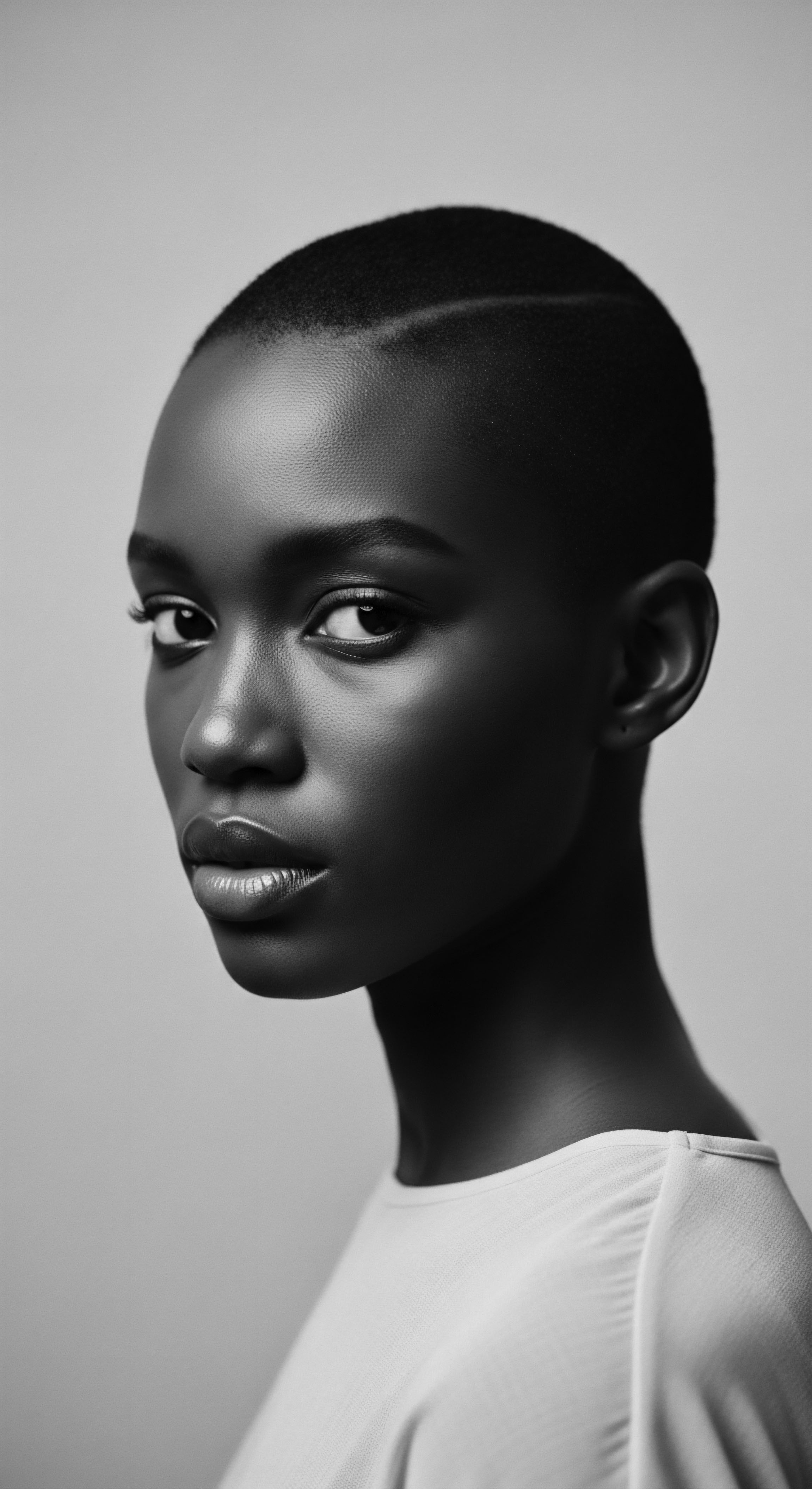
Why does textured hair need specific fabric protection?
Textured hair requires smooth fabric protection to reduce friction and preserve its ancestral moisture and structural integrity.

